Cats are independent creatures, so to get their favor, you should first look and listen to their needs. That way you will be able to find the key to her heart most quickly.
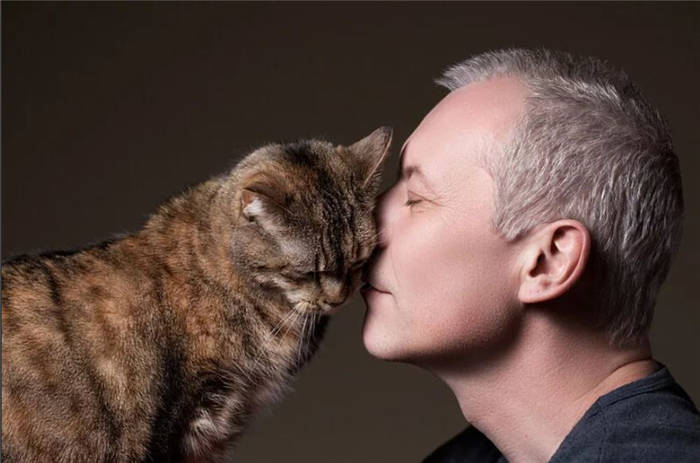
- How to show a cat your love and affection
- A cat's attitude to man
- Don't be intrusive.
- Pet the cat where it likes
- Gifts
- Aggression in cats: the top three causes
- Feeding
- Squint with a smile
- Introducing cats correctly
- Ways to say "I love you" to your cat so that she understands
- How to know that the cat loves you
- Why do cats love their owners?
- Can cats love humans?
- Instead of a "sweet" kiss.
- The right intonation
- Grooming.
How to show a cat your love and affection
People who have little interest in domestic cats may think that these animals are so aloof creatures that they are unable to show love and accept it. In fact, this is a misjudgment. Even though cats are independent creatures, they are strongly attached to their owners and suffer from a lack of attention or love.
Of course, as with a dog, displays of affection from a cat are not to be expected. But an attentive attitude towards your pet, care and trying to understand the mood of the animal at a certain moment, will allow you to establish contact with the cat and gain "support". After all, cats can be very real companions, almost like dogs.
A cat's attitude to man
There is an assumption that domestic cats, unlike dogs, live with humans under one roof solely out of mercenary motives, valuing only their own benefit. The opinion is erroneous, as cats, having an independent character, require love, affection and attention.
Intelligent animals with a noble nature reciprocate to a person who shows respect and love for their pet.
If the owner does not pay attention to his beloved pet or pet, does not create comfortable conditions for its existence, and does not give warmth of heart, you should not count on love from the animal.
To understand that the cat shows love or sympathizes with the owner is not difficult. It is enough to carefully observe the habits of the moustached roamer. With a small kitten, which appeared in the house, from the very first days it is recommended to establish contact, creating a comfortable environment. An unfamiliar and unfamiliar place is stressful for any cat. Adaptation to the new environment takes place with the help of the olfactory and auditory analyzers. It is necessary that during the adaptation period of the new family member, there were no harsh sounds, and smells were the most pleasant – favorite food or treats.
Feeling safe and secure, the cat will relax and tune up in the right way to build a relationship with its owner. Rudeness and disrespect to the cat is not acceptable. The feeling of peace and security that the owner gives the cat will stay with him for life. But how do you know that a cat considers its owner a friend?
Naturally, a cat's manifestation of love is peculiar. To understand that a cat favors a person and does not mind making friends with him, you can carefully observe the behavior and body language.
Cats use gestures and sounds to express a certain range of emotions. By paying attention to certain sounds, gestures and behavior, the owner can better understand the mood of his pet.
The main signs that indicate a cat's love and affection for its owner are:
Don't be intrusive.
Sometimes the cat wants to be alone and usually makes it clear: he leaves, does not respond to your offers to play, poses tensely, makes unhappy noises. In that case it is better to leave her alone – she will thank you.
Even if she did something wrong, like smashing a plant pot, skipping the litter box, or sharpening her claws on the wallpaper, you shouldn't punish her. Hitting the cat is one of the most futile things you can do. The only thing that can be done is to make the cat fear you. Instead of punishing, try to understand what caused the unwanted behavior and then try to change it. For example, if the cat jumps up on the table, don't scold, but try offering it a treat on the floor so it will come down on its own.
Pet the cat where it likes
All cats are different. And while most like it when their neck or behind the ears, and do not like it when their belly is touched, some cats adore it when the owner scratches their tummy. How do you know what your cat likes? Watch how she reacts: if she is in the right place the cat will purr and crouch, if not she will say so right away and try to get away or roll over.
Every cat should have a safe place where it can hide from everyone if it doesn't want to socialize. This can be a cat complex, a place on the mezzanine or in a closet, or any other place where she can be left alone and be assured that no one will bother her unless she wants to go out on her own.
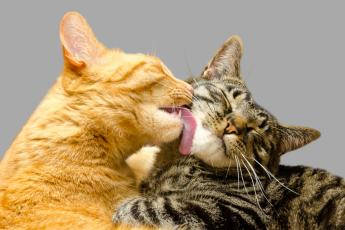
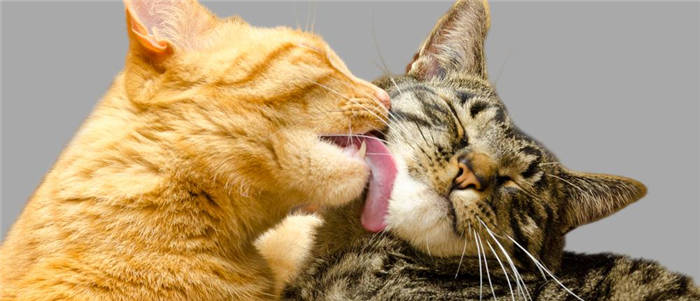
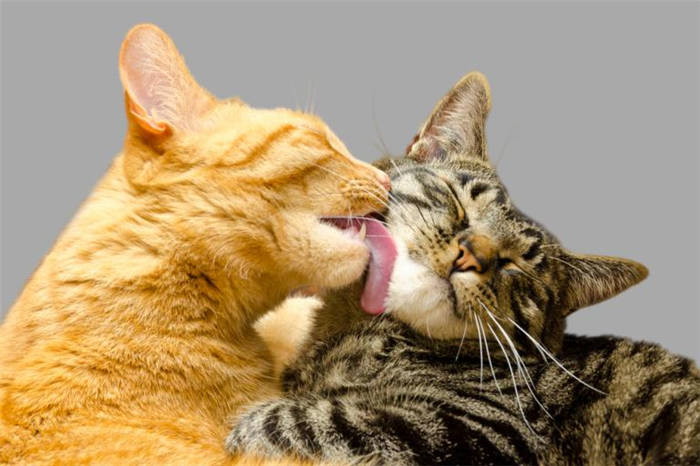
Gifts
If a dead mouse or a dung beetle is brought to your bed, it is a sign of supreme affection. The cat shows that it cares about you, because you are not able to get such food by yourself. Try not to shout too loudly and praise the cat.
As cliché as it sounds, good food, fresh water, scratching posts and places to rest will show that the cat cares and it will make it feel happy.
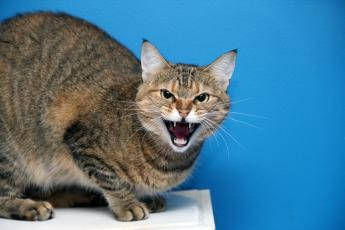
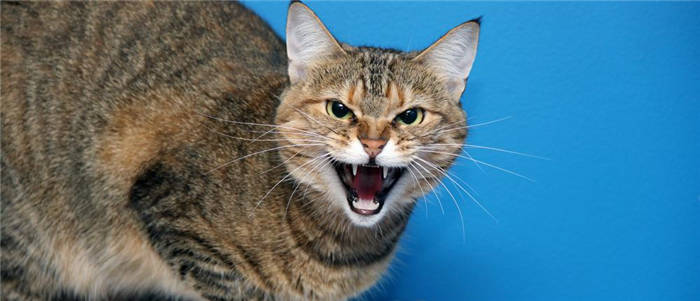
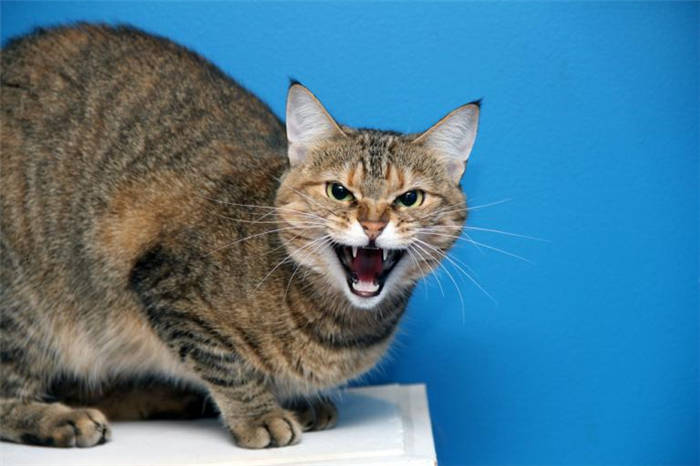
Aggression in cats: the top three causes
Soft fluffy cats are capable of turning into the most real tigers at times. And by the way, at such moments can be really dangerous for humans, because the claws and teeth of these pets are not humorous at all. What can be caused by the aggression in cats?
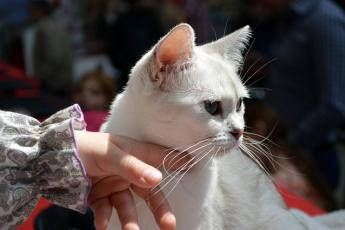
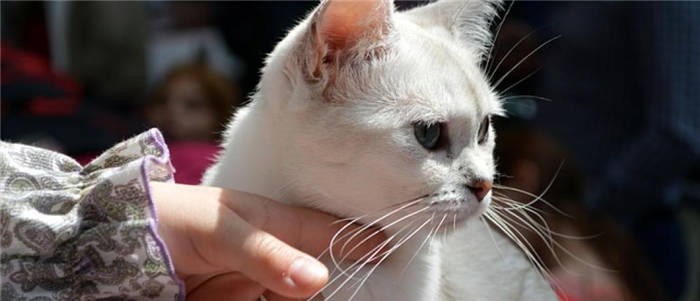
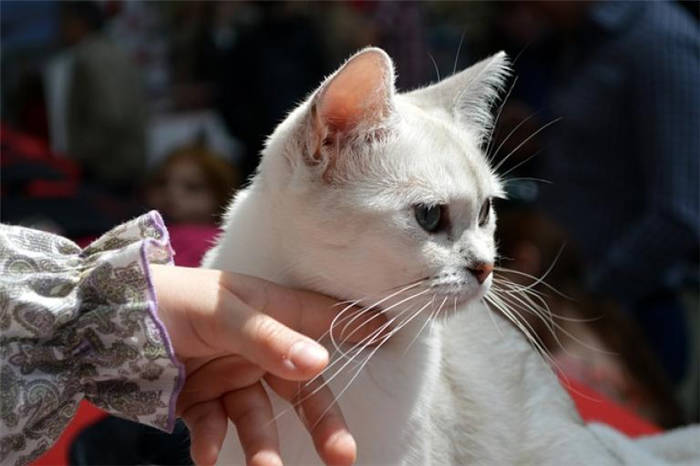
Feeding
Feeding your pet is another great way to develop trust and love for you. It doesn't always work out that cats like the family member who feeds them more. But it is always treated well, because it is the source of all benefits. Cats love us with a somewhat selfish love – this must be taken for granted.
If a cat comes to you to sleep, don't kick him out. It means that the cat trusts you. Give him a space in your bed, make sure it is his own, unoccupied space. You can also put a bedding on the bedside table and accustom the cat to sleep on it.
Squint with a smile
The main technique that allows you to express each other's favor in the feline world is the squinting of the eyes. Notice how cats sometimes look at you by squinting their eyes. Try to imitate this grimace. If you look at the cat and benignly squint, it means in feline language that you do not wish her harm. If the cat looks at you and squints, do the same.
In cats, licking means you care. If you start licking the cat (yes, some do it!), it is likely to understand this as a sign of goodwill. But keep in mind that dominant cats, on the contrary, do not like this, because in felines it is accepted that licking is a concern for the weaker member of the family on the part of the stronger one. One owner has even invented a special device to imitate licking without the help of his own tongue, because you do not really want to eat bacteria and fur.
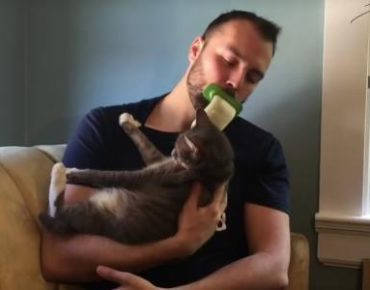
Introducing cats correctly
Preface from me. Almost every day on Pikabu there are posts like "We picked up a cat, and there is already a cat at home, and they fight and do not get along, so help me get a podobrashku!" I find these posts terribly upsetting. First of all, the fact that people can't google. The post I'm reposting was 3 for "How to Introduce Cats." Well, it's not hard to google. Secondly, the podobrashka in such posts is threatened, between the lines read "Take it away or we will have to throw it away/take it away". Thirdly, people decide themselves the happiness of two cats. Two cats – it's three times more fun than one cat ) Watching the relationship kittens incredibly fun, and the cats themselves (after they are properly introduced and used to each other) really like to play together. So, read it, memorize it, send it to your friends, love cats, introduce them properly and enjoy their company!
I'm going to ask for a raise, because I'm not posting for pluses/karma/fame/etc, but for the sake of the kitties and their owners. The comments for the minuses for the fans of balance will be!
Although cats are not solitary creatures (as you probably already know) and many of them benefit from having feline companions, nonetheless, cats are also territorial animals, so the process of introducing a new resident into the house will require some finesse and patience on your part. If you simply throw the cats together and let them sort themselves out, you will put both cats in a very dangerous situation and put them under tremendous stress, as well as putting them at risk of bodily harm. The wrong or rushed introduction of a new cat into the house can make the cats nemeses for the rest of their lives. A proper introduction, on the other hand, can open the door to a lifelong and touching feline friendship.
The right technique for introducing a new cat into the home should address both the emotional and physical needs of both cats. From the old-timer cat's point of view, the new cat is a trespasser and a potential enemy. From the newcomer's point of view, he has just been dumped into hostile territory without any support. Our job is to make both cats feel safe. If they feel as if there is no safe place for them in the house, then their bodies switch to hostile survival mode and you will see panic, fighting and possibly tagging. If, however, they feel they can stay in their comfort zone, as if checking out the situation and looking out for each other, then their gradual familiarity is more relaxed and you can always keep your hand on the panic button.
Ways to say "I love you" to your cat so that she understands
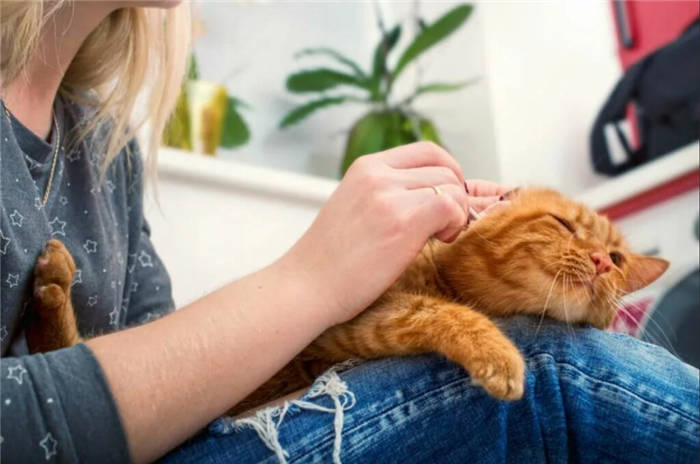
Like we said, treats and a clean potty won't convince your cat that you're crazy about her. Here are six ways to show your cat that you're serious:
- Hitting. You can bang your hand or head like animals do when they want to express their feelings.
- Brushing their coats . Many cats love this.
- Sleeping in the same bed. If a cat likes to sleep next to you, snuggling up against some part of your body, don't chase her away. This way she will know that you care about her and that she is welcome.
- Play games together. Every now and then have fun for your pet. Blow bubbles, rustle the bag, make sunny "bunnies" – there are many options for fun.
- Massage. We highly recommend learning how to massage the cat's body, it's better than the usual strokes of the coat.
- Praise odes. Compliment your cat as often as possible and praise him for everything you think is necessary. And don't worry that the cat will become conceited – megalomania and bloated conceit are in these animals' blood.
How to know that the cat loves you
- Lying in a relaxed pose and looking into your eyes, slowly blinking and slightly squinting. All his appearance expresses peace and achieved harmony. If your pet does this, it means he is happy and loves you.
- Licking his hands and face. The highest expression of affection. Especially from cats who tend to show pride and arrogance.
- Regularly bumps . Cats have scent glands on their muzzles, with which they tag everything that is dear to them and that they consider their own.
- Always at the sight of the owner raises its tail "trumpet. Not all cats greet their owners this way. Some cats will not lift their body even from the couch when they see the cat that feeds them.
- Share their prey. If the cat goes for a walk in the street and brings you some of its hunting trophies, you know – it cares about you and does not want you to starve!
- Never yell at an animal, and especially don't hit it. Not even with a slipper. This will only make the cat angry and aggressive. The only thing you will achieve with violence is that your pet will feel fear in your presence. You will definitely not get a trusting relationship after that.
- When communicating with your pet, use an affectionate and calm tone. Over time, the pet will associate your voice with comfort, safety, and positive emotions.
- Don't touch the tail. And the belly. These are forbidden areas. Cats are only allowed to touch them.
And the main advice, in the end, which will help you to establish a relationship with your cat. Respect your cat's privacy. Don't make her sit in your arms if she doesn't want to. Do not push her out of her seat. Do not cuddle her against her will. Let your cat take the first step toward affection. And she will be grateful.
Why do cats love their owners?
There are several reasons why a cat treats its owners favorably. Let's not call it love yet. A cat treats a person like a big cat who is a friend, protector, provider, and a cozy pillow. This is the first thing.
The second is that a cat treats us somewhat selfishly. If a dog and a human can love in spite of themselves, with cats this rarely happens. Therefore it would be correct to ask: why do cats love their owners? Of course, because they get used to them and they feel good with them. But sometimes a cat can also give back in return. Does the cat sometimes try to share his food, his prey or his toy with you? This is a kind of sacrificial act.
Thirdly, cats get attached to us. It is affection that is the basis of their love. Sometimes they find their masters who have moved many kilometers away. And they say that cats get attached not to people but to their homes. And sometimes they even run away from their good new family to less good old owners. Or even a little separation in the form of you leaving home can be a great indication of how much a cat misses you – it's not about you as a food source, because food is left for cats if they go away for a long time.
Can cats love humans?
Yes, cats' love is more animalistic than ours, but it exists. Cats can love humans. This was proven by scientists from Monmouth University (New Jersey, USA). For the experiment took 50 cats, both domestic and from shelters. For several hours they were deprived of the four most common things in the cat's life: food, toys, smells and people. The animals were then given it all back, and a large number of the cats, 37%, immediately ran to people instead of food.
There were also studies that measured the level of the love hormone (oxytocin) in the cats' blood before and after interactions with their owners. The value after was, on average, 12% higher than before. According to this parameter, cats didn't catch up with dogs, whose oxytocin jumped by 57%, but cats also produce the love hormone in relation to humans.
Scientists explain this difference between dogs and cats in two ways. First, cats were domesticated thousands of years later than dogs and were not used to work together with humans. All humans needed from cats, up to the 18th and 19th centuries, was to hunt rodents visiting granaries. Dogs, on the other hand, have undergone many years of selection, including the ability to form a team with humans.
Secondly, cats are naturally social animals, but not pack animals. They are solitary carnivores that can live their whole life without close companions. This is why the very fact that cats live with us side by side and treat us normally is already a great achievement. The process of domestication of the cat is not over yet.
Cats love their owners. They show their love in two ways: when they rub their head against your leg and when they lick you. Both types of behavior are characteristic of how cats communicate with each other. But cats are territorial animals, so territory is more important to them than people. That's the legacy of our wild ancestors, and there's nothing we can do about it.
You know what, though? If we start going into scientific details, we can easily explain human love as just a set of hormones and physiological reactions. So, perhaps cat love is no worse than ours or a dog's love, only it is peculiar and difficult to understand. So what are the signs of this love?
Instead of a "sweet" kiss.
Actually, neither dogs nor cats not only do not like, but do not accept human kisses, because this gesture is incomprehensible to them, and can cause a very negative reaction.
For example, kissing a dog on the forehead, it perceives it in no other way than that they want to attack or hurt him. Even if it is a member of his family, or a beloved owner, this can make the pet very angry, because he does not understand it in any way.
A great option is to simply scratch your dog behind the ear, stroke the cat's fur, and don't impose your "sweet" kisses on them, because they simply don't like it and don't understand it.
The right intonation
Any pet, if desired and with a responsible approach, can be taught commands, different tasks, as well as to understand some words. But when it comes specifically to words spoken to your pet, they should have the appropriate intonation as well as the timbre of the voice.
If you express joy, and at the same time you share it with your pet, then it should be very loud and harsh sounds, and even more so shouting. After all, this behavior can simply "put" your animal in a "stupor" and she not understanding what is going on can react in completely different ways.
Always speak to your pet calmly, gently, not very loudly, and try not to react very violently at all times in the presence of your pet.
Grooming.
Although not as common as expressions of affection, some cats actually try to groom their humans the same way they groom their feline friends. If a cat decides to lick you, take it as a major show of affection and don't be too quick to chase it away.
For example, our cat, Yos, often tries to "brush" my husband. He lays down next to him in bed and licks his head. Hair style after such a procedure, of course, so-so, but still nice:)
True, few people dare to lick the cat in return, it is not very pleasant. Instead try a warm wet cloth, run it over the head and back of the cat. The feeling will remind the fluffy cat of the motherly care he received as a child. Gentle brushing also works, provided that the coat is healthy and not tangled.
These are simple ways to make your pet feel good. How do you interact with your cats? Share your stories in the comments!




















